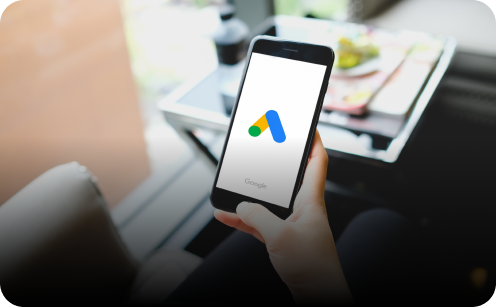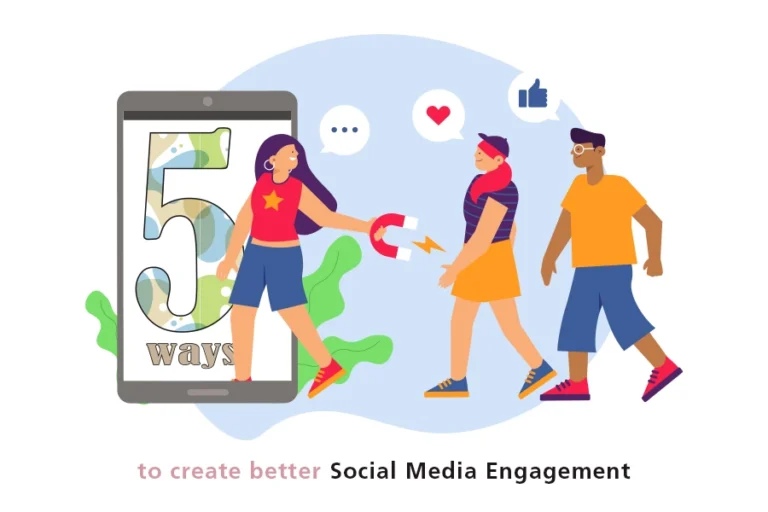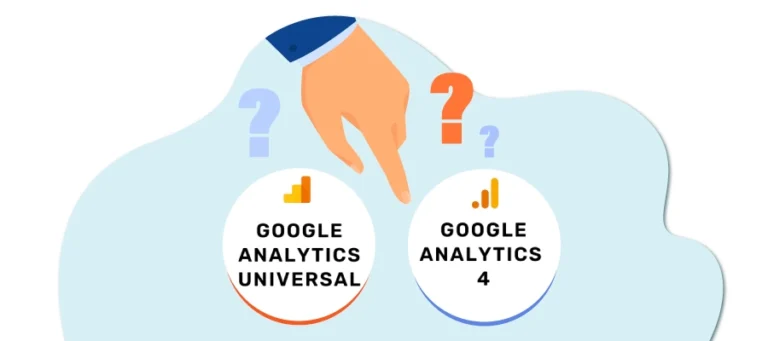Google Ads is Google’s online advertising program. Through Google Ads, you can create online ads to reach audiences exactly when they’re interested in the services and products that you have to offer. Google Ads is a service that you can use to promote brands and businesses, help sell services or products, increase traffic on your website and raise awareness.
Google Ads accounts are managed online through an account that you are required to create. With a high degree of control, you can change your ad campaign at any time, including your ad content, budget and various other settings. There’s no minimum spending commitment. You control and set your own budget. You choose where your ad appears, set a budget that is suitable for you, and easily measure the impact of your ad.
Google ads generate an 8:1 ROI: which means every $1 spent on Google ads generates $8 in profits. The Google ads platform has many different campaign types, goals, and ad formats. There are some basic terms that need understanding – Campaign goal, Campaign type, Ad type.
Campaign Goal: The primary business objective you’re trying to achieve via your Google campaign goals might include leads, web traffic, sales, brand awareness, product/brand consideration, and app promotion.
Campaign type: The particular strategy you’ll use to execute your campaign goal. For example, you might run a Shopping campaign to generate sales for your e-commerce company. Or if your goal is B2B lead generation, you might run a Search campaign targeting profitable industry keywords.
Ad type: A specific ad format that’s available based on your chosen campaign goal and type. In a Shopping campaign, you might test different types of ads to determine which format generates the most profitable ROI.
Google ads typically show up in two places: Google Search Network (GSN): The primary ad network. Advertisers bid on search terms and pay for ad placements in Google’s search engine results pages (SERP). Google Display Network (GDN): Display ads are separate from Google search. They’re more visual, not text-based, and serve on other Google properties like Gmail and YouTube, as well as non-Google websites all over the web.
Once you have a campaign type and goal in place, you can then narrow in on the specific types of Google ads to reach your objective. Let us give you a little glimpse into each!
- Search campaigns: target people searching for your products. Search ads are an absolute “must-do” for almost any brand regardless of the product/service.
- Display campaigns: drive brand awareness. Display ads are images, banners, and video ads that appear across videos, apps and websites in the Google Display Network (GDN).
- Video ad campaigns: target audiences on YouTube. YouTube is an attention magnet in today’s day and age. YouTube ad campaigns can be very lucrative, but only if you can create appealing and relatable video ads.
- Shopping campaigns: promote services/products to audiences who are ready to buy. Shopping campaigns are significant for e-commerce businesses, as they show your products directly in Google search results (next to both organic and paid search results).
- Performance Max Ads: Mix of all search, display, video, smart shopping ad campaign which helps to convert more customers in less spends with focused targeting.
- App campaigns: drive app installs and engagement. App campaigns are automated ads used to help drive in-app conversions and mobile app
- Local campaigns: promote a physical location. Conversion rates tend to be higher when people search for something in their vicinity. Campaigns are mostly automated, but you can modify select settings like Bid Strategy, Language and Average Daily Budget.
- Discovery campaigns: native ads on content feeds. Discovery campaigns are similar to Display ads. They’re designed to show visually appealing and engaging ads using the standard audience targeting.
Focus on quality creative assets/content that piques interest and gets people to click to get the best results. Google learns from user behavior to anticipate their interests and serve relevant ads that look native to the platform they appear on.






